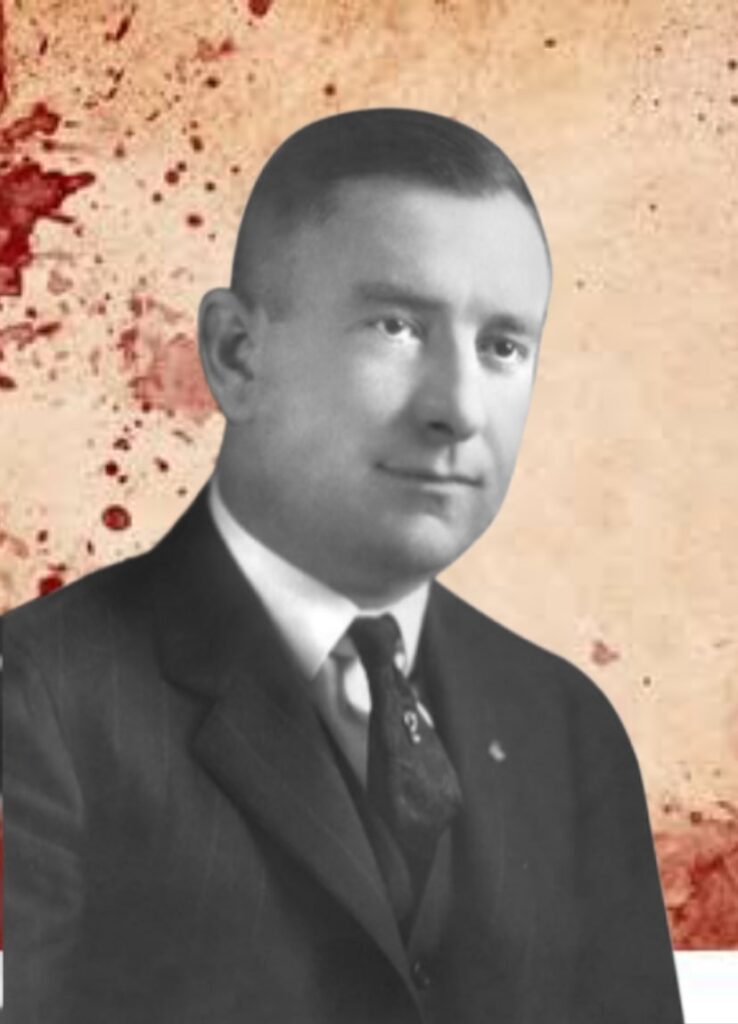Shanahan: First FBI Special Agent to be Killed in the Line of Duty


In 1925, FBI Special Agent Edwin C. Shanahan was killed while trying to apprehend James Durkin, a well-known car thief. Durkin had a history of violence and was notorious for shooting and injuring multiple police officers, which earned him a reputation as a dangerous criminal.
Durkin’s method of operation involved stealing high-powered cars, altering their identifying numbers, and then selling them for a large profit. He would often pose as a potential buyer, arranging for services at car dealerships, and then stealing the vehicle when no one was looking.
Special Agent Shanahan received information that Durkin would be at a specific garage in Chicago with a stolen car. Unfortunately, the tip was incorrect, and Durkin arrived after the FBI agents had already left. In the ensuing confrontation, Durkin shot and killed Shanahan, making him the first person to kill a federal agent.
A nationwide manhunt was launched, but Durkin managed to evade capture. Eventually, he and a woman narrowly escaped the police in Chicago. The FBI traced a stolen Cadillac to San Diego and began monitoring all roads leading back to the eastern part of the country. However, Durkin remained elusive.
The chase took an unexpected turn when Durkin encountered a sheriff in Pecos, Texas. Using a false identity, he convinced the sheriff of his innocence and managed to escape. The FBI received a letter detailing the incident, which matched Durkin’s previous tactics.
The stolen Cadillac was later found abandoned in the Texas desert, leading authorities to Girvin, where a rancher reported seeing Durkin and the woman. Based on Durkin’s past behavior, the FBI ruled out Mexico and tracked them to a train headed for San Antonio.
Durkin was identified by a conductor, and on January 20, 1926, federal agents apprehended him in St. Louis. Although killing a special agent wasn’t a federal offense at the time, Durkin faced state charges for Agent Shanahan’s murder and received a 35-year sentence. He also faced federal charges for transporting stolen cars across state lines, adding 15 years to his prison term.
Durkin spent nearly two decades in the Illinois State Prison before being transferred to Leavenworth Federal Prison in 1946. He was eventually released on parole in 1954 at the age of 53, and he passed away in 1981. Durkin’s criminal activities remain a fascinating part of American law enforcement history.




